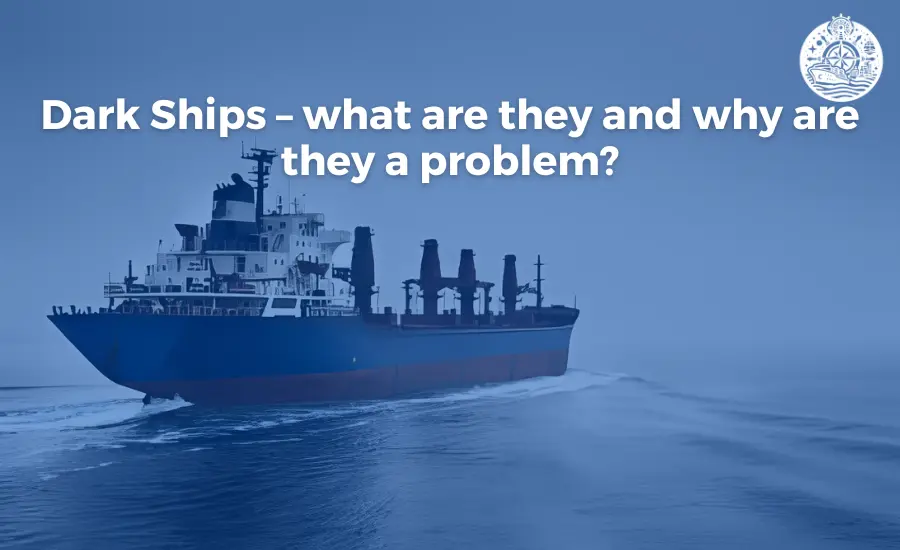
A dark ships is a ship whose AIS (Automatic Identification System) is turned off or disabled. Therefore, it is still visible on radar but typically not on satellite/public surveillance systems. The practice of switching off AIS systems/transponders has been in place for several years. It is commonly associated with illegal activities such as illegal fishing and smuggling. However, more recently, it has been linked to sanctions relief, particularly Iranian and Russian oil movements.
So Why Is This A Problem?
Simply put, dark ships typically lack proper insurance and operate under small registered flags. This means there is no insurance to cover you in the event of a collision, oil spill, or total loss. Relive the events surrounding her 1997-built Pablo, which recently exploded in Malaysian waters. The entire salvage and wreck removal system relies on insurance coverage. If that doesn’t work, there will be no one to pay for the removal. And you’ll be left with an abandoned ship. In the case of Pablo, the accident did not result in an oil spill. Although problems remain with the removal of the wreckage. However, someday, a more serious incident will surely occur due to this dark ship. The very fact that they are older, less well-maintained. And frequently involved in dangerous offshore STS operations increases the risk of something going wrong.
Many EU countries have already taken steps to prevent illegal STS shipments within their economic zones. Leading to a decline in STS operations off the coast of Kalamata, Greece, and the Spanish enclave of Ceuta in North Africa. However, new STS zones are emerging to replace these areas. And attempts to monitor such activities have so far been ineffective. Recently, some emerging tanker operators have been implicated in trading Russian crude oil at the behest of gullible shipowners. Shipowners are taking advantage of the booming tanker market by unloading old tonnage in search of high-grade secondary oil.
Is There A Solution?
There is an IMO document in circulation that aims to impose even greater restrictions on the operation of STS. Under his current MARPOL regulations, tanker operators must notify states at least 48 hours in advance of planned STS operations within their economic zones. (currently up to 200 miles from the coast). So, while the framework appears to exist. In practice, there is little that states can do about vessels that take steps to avoid detection. There are many other states and flags that are willing to ignore such workarounds and the current system that caps oil prices. Recent advances in the technology (particularly radio frequency spectrum tracking) allow dark ships to be detected, although they cannot be identified in detail. Such a discovery would require a visual inspection to determine whether the dark ship was involved in illegal activity.
Are You Dealing With The Threat?
Since there is no solution to the problem of dark ships, the only sensible course of action for ship owners is to avoid areas where dark ships are known to sail. This is to increase vigilance when navigating. In reality, many fishing vessels turn off their AIS to hide their illegal fishing operations. Guards have had to deal with this problem for years, and in such cases, it is common for vessels to move away from all fishing vessels (collision regulations require this). Other sailing ships have different locations. In SOLAS, large ships are equipped with X-band and S-band radars, which can be used in combination to detect other ships.
When used correctly, these navigation aids can be used to determine the risk of a collision, allowing bridge teams to take appropriate steps to manage that risk in accordance with collision regulations. The question, of course, is whether illegal vessels will respond in accordance with collision regulations. Even if you take appropriate measures, there is always a chance that an accident may occur if you do not. As a result, dark ships increase the risk to all vessels legally engaged in maritime transport, and the greater the number of dark ships, the greater the risk of collision and potentially catastrophic consequences.









